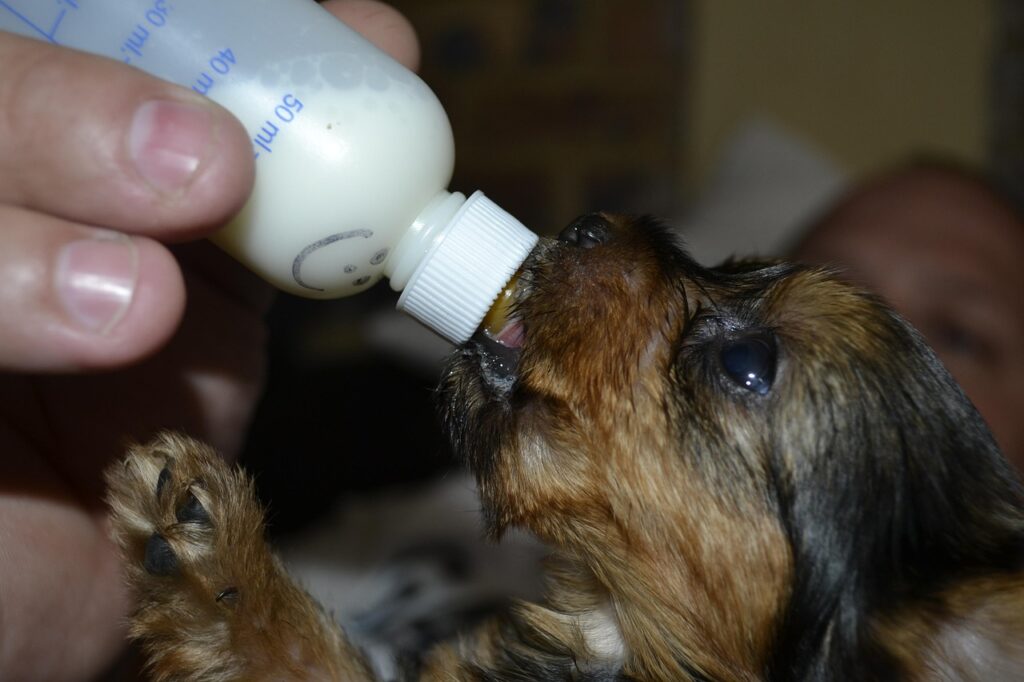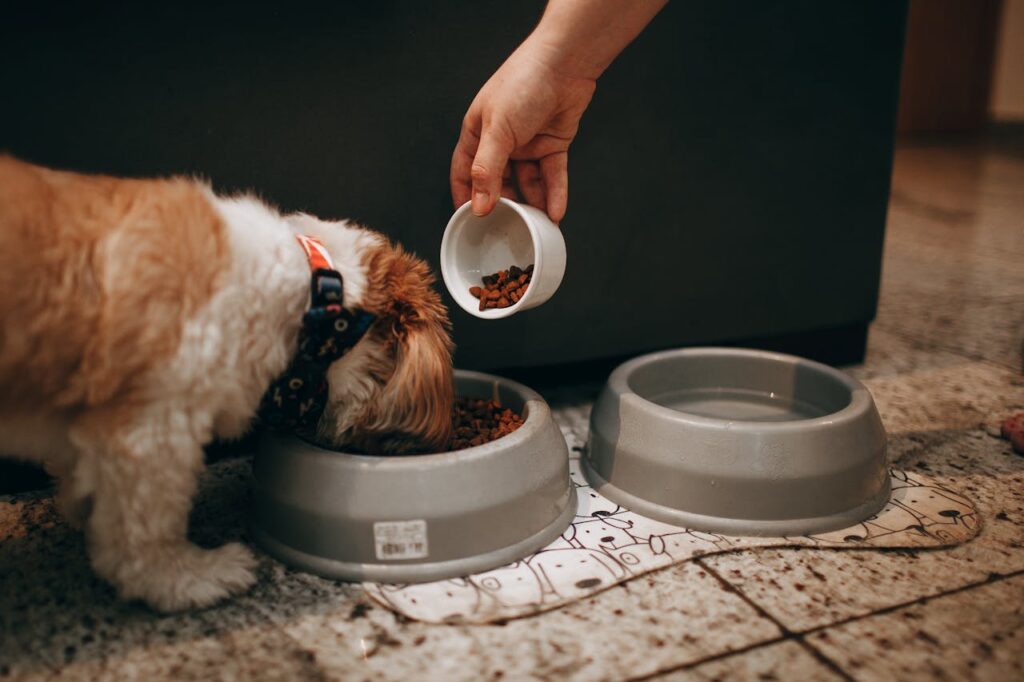Bringing home a new puppy is one of the most exciting and heartwarming experiences. However, as adorable as they are, puppies require a lot of care and attention, especially when it comes to their diet. I remember feeling completely overwhelmed when I got my first puppy, unsure of how often to feed her or what type of food was best. After a lot of research (and a few messes along the way), I finally established a puppy feeding schedule that worked perfectly. If you’re a new pet parent and wondering how to create a structured routine, you’re in the right place!
Puppy Feeding Schedule: Understanding Your Puppy’s Nutritional Needs
A well-balanced diet is crucial for a growing puppy. Just like human babies, puppies go through rapid developmental stages and need the right nutrients at the right times. Their feeding schedule will vary depending on their age, breed, and size.
Puppy Feeding Schedule by Age
6-12 Weeks Old
Puppies should be fed four times a day with high-quality puppy food rich in essential nutrients. Their stomachs are small, so frequent, smaller meals help with digestion and energy levels.
3-6 Months Old
Reduce feeding to three meals per day. By this age, their digestive system can handle slightly larger meals spaced further apart.

6-12 Months Old
Most puppies can transition to two meals a day, depending on their breed and activity level.
12+ Months Old
Adult dogs typically eat twice daily. Larger breeds may still benefit from three smaller meals, while smaller breeds usually do well with two.
Establishing a consistent puppy feeding schedule helps regulate digestion, energy, and potty training. Puppies thrive on routine, and sticking to set meal times ensures they know when to expect food, reducing anxiety and bad feeding habits.
Puppy Feeding Schedule: Choosing the Right Food
Not all puppy food is created equal. When choosing the best food for your pup, consider:
- High-Quality Ingredients – Look for protein-rich foods with real meat as the primary ingredient, along with essential vitamins and minerals.
- Size and Breed Considerations – Large breed puppies require different nutrients than small breeds to support healthy bone growth and joint development.
- Wet vs. Dry Food – While kibble is great for dental health, wet food can be more palatable and hydrating. Some pet parents opt for a mix of both.
- Avoid Fillers and Artificial Additives – Ingredients like corn, wheat, and artificial flavors offer little nutritional value and can upset sensitive stomachs.
Consult your veterinarian to determine the best diet for your puppy’s specific needs.

Tips for a Smooth Puppy Feeding Routine
- Stick to the Schedule – Consistency is key! Feed your puppy at the same times each day to establish a routine.
- Provide Fresh Water – Always have clean, fresh water available to keep your puppy hydrated.
- Don’t Overfeed – It’s tempting to give extra treats, but overfeeding can lead to weight gain and digestive issues.
- Monitor for Allergies or Sensitivities – If your puppy experiences itching, digestive issues, or lethargy, consider changing their food and consult a vet.
- Transition to New Food Gradually – If switching brands or types, mix the new food with the old over a week to avoid stomach upset.
5 Gadgets or Products to Help Feed Your Puppy
1. Automatic Pet Feeder – Perfect for busy schedules, an automatic feeder ensures your puppy gets their meals on time, even when you’re away.

2. Slow Feeder Bowl – Helps prevent gulping and reduces the risk of bloating or choking by slowing down mealtime.
3. Measuring Scoop – Ensures accurate portion sizes to prevent overfeeding.
4. Collapsible Travel Bowl – A must-have for feeding your puppy on the go during trips or walks.
5. Food Storage Container – Keeps dry kibble fresh and free from pests.
Conclusion
Feeding your puppy properly is one of the most important aspects of raising a happy, healthy dog. Establishing a solid Puppy Feeding Schedule will help ensure your pup receives the nutrition they need while also making feeding time predictable and stress-free. Whether you’re feeding four times a day or transitioning to two meals, sticking to a routine and choosing the right food will set your puppy up for success. Enjoy every moment of your puppy’s growth—they won’t stay small forever!